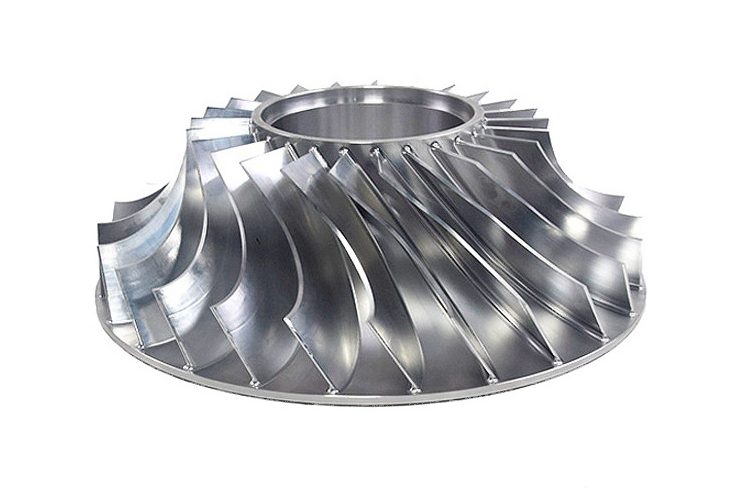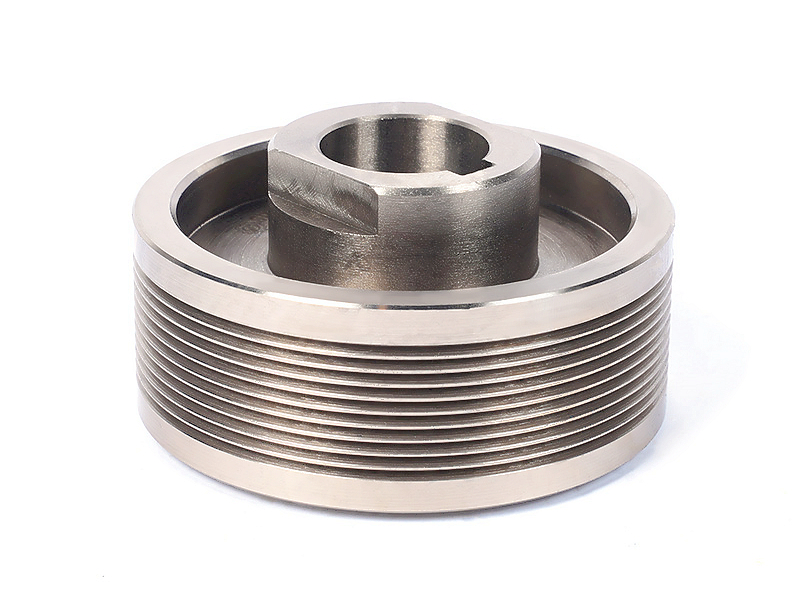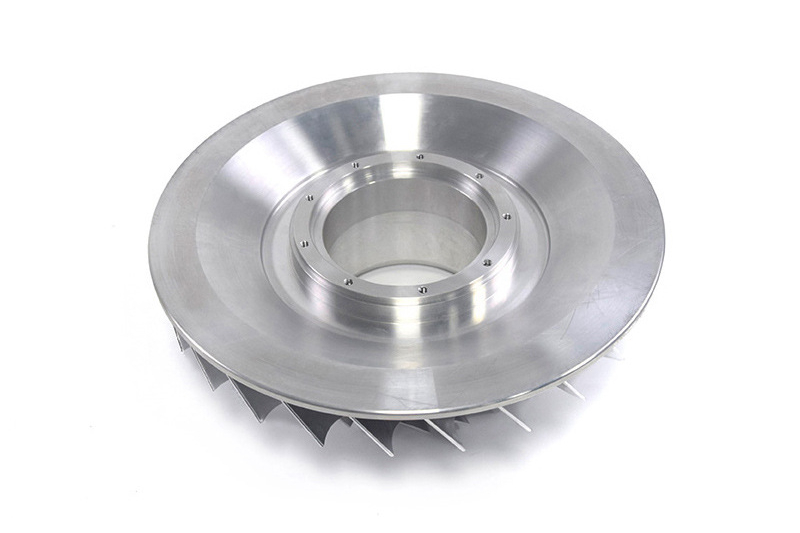Can surface treatments impact titanium fatigue strength, and how is it controlled?
From a materials engineering and design perspective, surface treatments have a profound and dual-natured impact on the fatigue strength of titanium alloys, a critical consideration for components in aerospace, medical implants, and other high-integrity applications. Fatigue failure typically initiates at the surface, so any process that alters the surface condition, residual stress state, or material properties will directly influence fatigue performance.
How Surface Treatments Impact Fatigue Strength
Detrimental Impacts (Fatigue Strength Reduction)
Introduction of Stress Concentrations: Processes like anodizing (for titanium) and electroplating can create a brittle, ceramic-like surface layer with microscopic cracks or a rough morphology. These micro-defects act as nucleation sites for fatigue cracks, significantly reducing the stress cycles to failure. Anodizing, in particular, can reduce titanium's high-cycle fatigue strength by 10-30% if not controlled.
Hydrogen Embrittlement: Certain electrochemical processes, including some anodizing and plating baths, can introduce atomic hydrogen into the titanium substrate. This can lead to embrittlement, drastically reducing fracture toughness and accelerating fatigue crack growth, a critical failure mode for precision titanium CNC parts under dynamic loads.
Microstructural Damage: Aggressive sandblasting or grit blasting with inappropriate media or pressure can plastically deform the surface, creating micro-notches and even altering the near-surface microstructure, forming a less damage-tolerant layer.
Beneficial Impacts (Fatigue Strength Improvement)
Induction of Compressive Residual Stresses: This is the most effective mechanism for enhancing fatigue strength. Processes like shot peening and laser peening bombarded the surface, causing localized plastic deformation. This creates a deep layer of compressive residual stress that must be overcome by applied tensile loads before a crack can initiate. This can improve fatigue life by 100% or more.
Surface Smoothing and Defect Removal: Processes like electropolishing and mechanical polishing remove microscopic scratches, machining marks, and other stress concentrators from the CNC machining process, resulting in a cleaner surface for crack initiation.
Controlling the Impact: Best Practices
Mitigating the negative effects and leveraging the benefits requires a controlled, integrated approach from design through manufacturing.
Process Selection and Specification:
For fatigue-critical components, specify shot peening as a baseline treatment. The process must be defined by standards (e.g., AMS 2432) covering media type, intensity, and coverage.
If anodizing is required for corrosion or wear resistance, specify a thin, controlled coating and ensure it is applied after shot peening. The compressive stress layer created by the peening process is paramount and must not be compromised by a subsequent high-voltage process that could cause micro-cracking.
Process Parameter Control:
Anodizing: Use lower voltages to produce a thinner, more ductile oxide layer. Control the electrolyte chemistry and temperature to minimize hydrogen uptake.
Shot Peening: Strictly control Almen intensity to achieve the desired compressive depth without over-peening, which can cause surface roughening and be detrimental.
Sequencing of Operations: The order of operations is critical. The optimal sequence for a fatigue-critical part is:
Final Precision Machining (leaving a good surface finish)
Stress Relief Heat Treatment (if required)
Shot Peening (to impart compressive stresses)
Low-Impact Surface Treatment (e.g., a thin anodize or passivation)
Post-Treatment Validation:
Perform regular bend-testing or fatigue testing of coupons processed alongside production parts to qualify and monitor the surface treatment process.
Use X-ray Diffraction (XRD) to measure the magnitude and depth of compressive residual stresses from peening operations.
Design for Manufacturing: Collaborate with your manufacturing partner during the prototyping phase. Avoid sharp corners and specify adequate fillet radii to work in synergy with peening processes, thereby preventing stress concentrations that peening cannot overcome.



